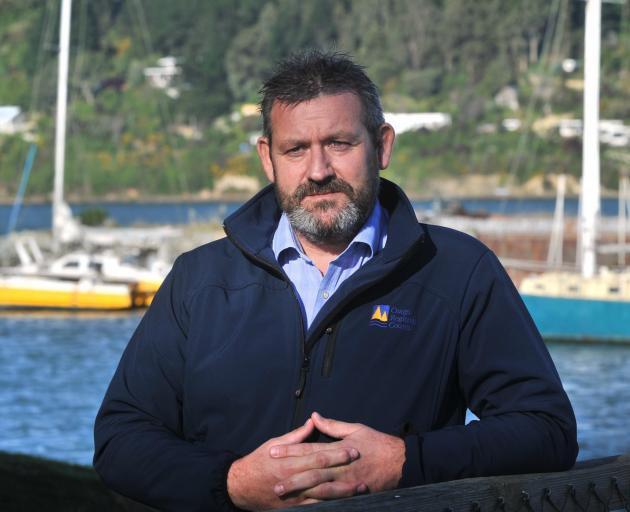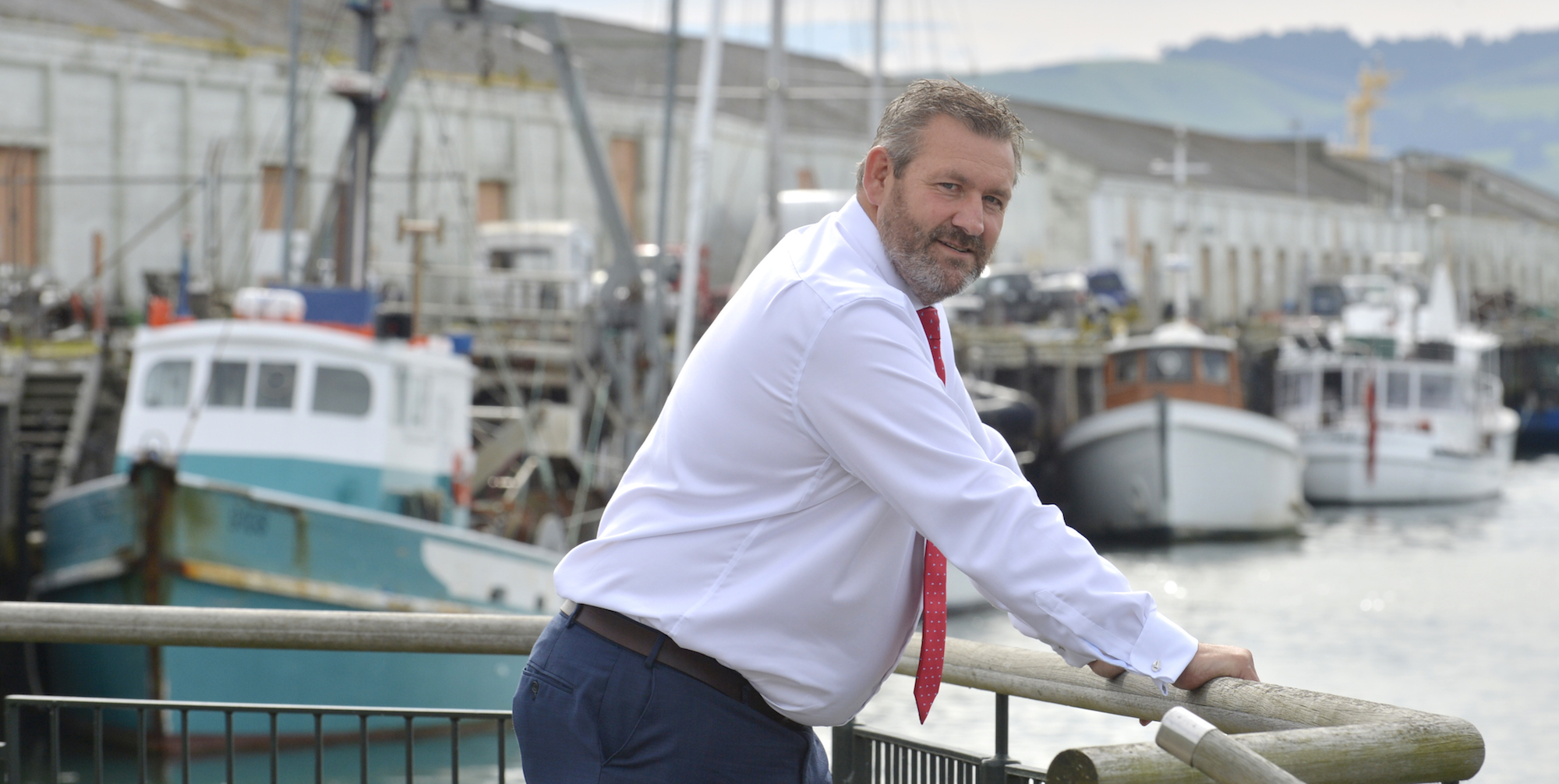Harbour Master
Harbour Masters
Worldwide there are approximately 3,000 merchant ports and the work of the Harbour Master can vary widely from country to country and from port to port even within the same country.

The Englishman, who has played and worked on the water his whole life, spent 10 years in the Royal Navy ‘lower deck’ before joining the Port of London Authority.
“I was empowered by people who gave me an opportunity to develop myself. Harbour Master David Phillips in London was one in particular I’m indebted to.”

Steve completed the Lloyds Maritime Academy’s Diploma in Harbour Masters, an international course for Harbour Masters developed in partnership with the IHMA and the UKHMA.
Developing his skills went hand in hand with a determination to adapt and learn from those around him.
“I’ve always prided myself on getting to know the work of mariners and pilots, on understanding what the day-to-day role is and what they face. Not having been a master of a vessel is not a reason not to be good at my role.”
He worked his way up to become a Deputy Harbour Master at the Port of London Authority. Then the opportunity in New Zealand arose.
In 2017 Steve became Harbour Master based in Dunedin at the bottom of New Zealand’s South Island.
He is responsible for a big piece of seawater up to 12 miles off the coast, plus Otago Harbour, a 13-mile-long navigable inlet, the drowned remnants of a giant volcano. The harbour leads to the city of Dunedin as well as Port Otago, one of the country’s largest export ports.
Otago Harbour also welcomes up to 130 cruise ships a year, some of the largest in the world as well as Antarctic expedition ships.
“Otago Harbour is tricky navigationally,” Steve says. “It’s a tidal arena with tight turns and narrow points, not unlike the Thames really.
“Maritime traffic in London is off the scale compared to Dunedin, but the technical challenges are similar. Everywhere has its own anomalies, but most things I learned in London have held me in good stead here.”
He also oversees many waterways, bar crossings and inland lakes popular with recreational users.
“A huge percentage of people own a boat in New Zealand, way higher than I was used to previously. Kiwis have a different approach to using the water compared to your average Brit. Jet boating in New Zealand is a bit different than jet boating in the UK.”
Engaging with all those ‘boaties’ has been a big part of Steve’s role.
“Building up education and getting the safety messages across with the public are really key and take up quite a bit of our time.
Social media is an avenue to reach the public that has proved successful for us the last 6 years. My daughter says I should be on TikTok as well, but that might be a step too far for the time being!”

Steve has brought the role a long way since his arrival.
As is common in New Zealand, he works for the regional council – there is no dedicated port authority. Otago was one of the last areas in New Zealand to appoint a Harbour Master.
“We had a lot of work to refresh safety by-laws, building a team of 3 people, and developing a safety management system. I’m happy that we have also acquired a couple of vessels. You can’t be a Harbour Master without on-water capability.”
He says there is a good network of maritime professionals in New Zealand including the 15 other Harbour Masters. He never feels out of touch with his global network.
“I joined the UK Harbour Master Association and from there I got into the international network and maintained that from here.
“The IHMA is a great way to connect and reach out to like-minded colleagues. I also use it to keep up to date on what’s happening around the world.”
The International Harbour Masters Association (IHMA) and the Port of Rotterdam Authority are pleased to announce the 15th International Harbour Masters Association Congress, to be held from 09–12 June 2026 at Theater Zuidplein in Rotterdam.
Naresh Sewnath, Senior Harbour Master at Transnet National Ports Authority (TNPA) in South Africa’s Port of Durban, began his maritime career back in 1988. He started out as a cadet with TNPA (then known as South African Transport Services (SATS).